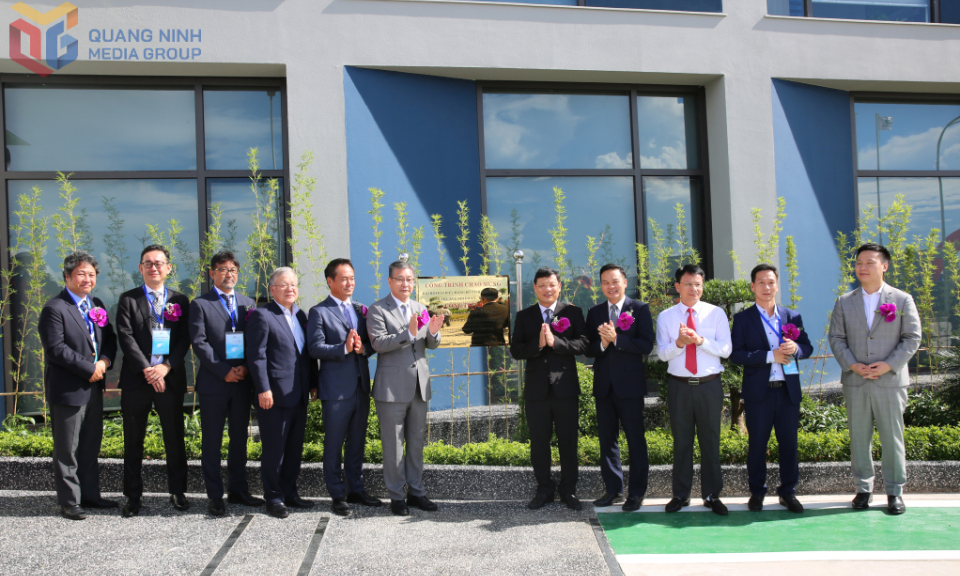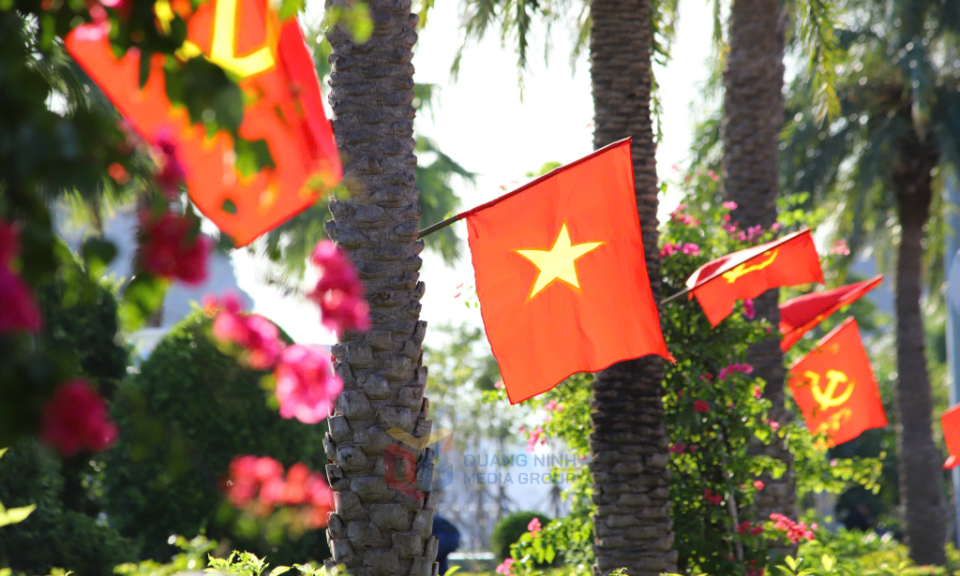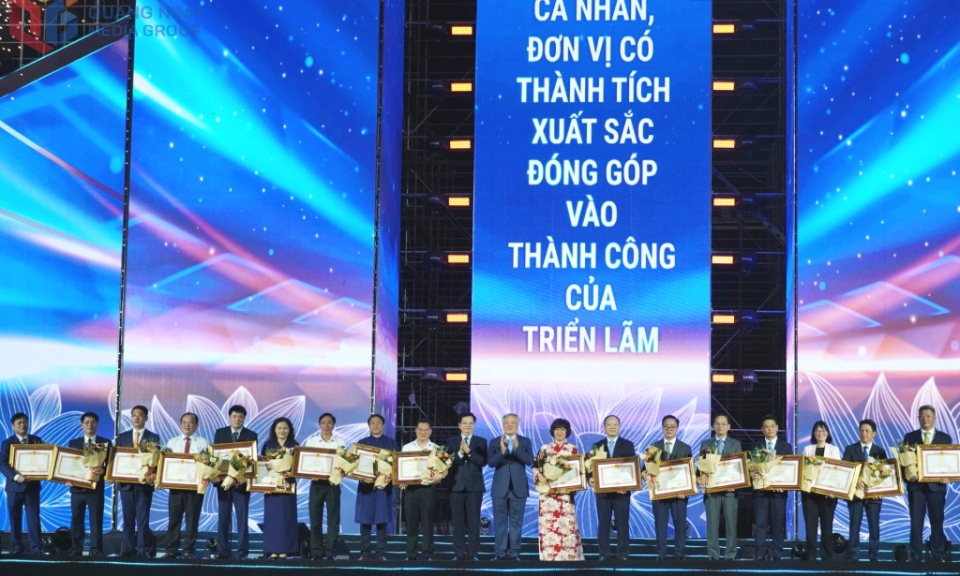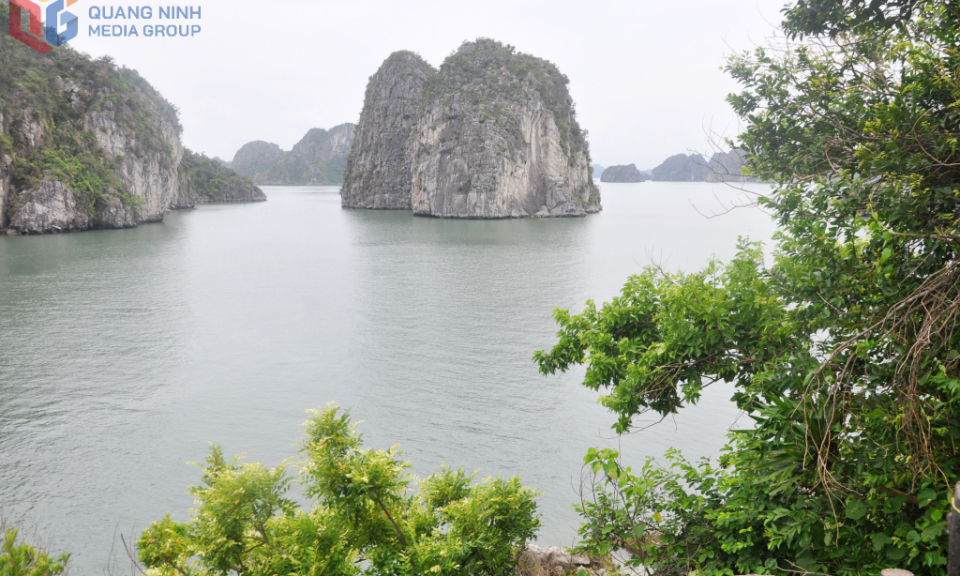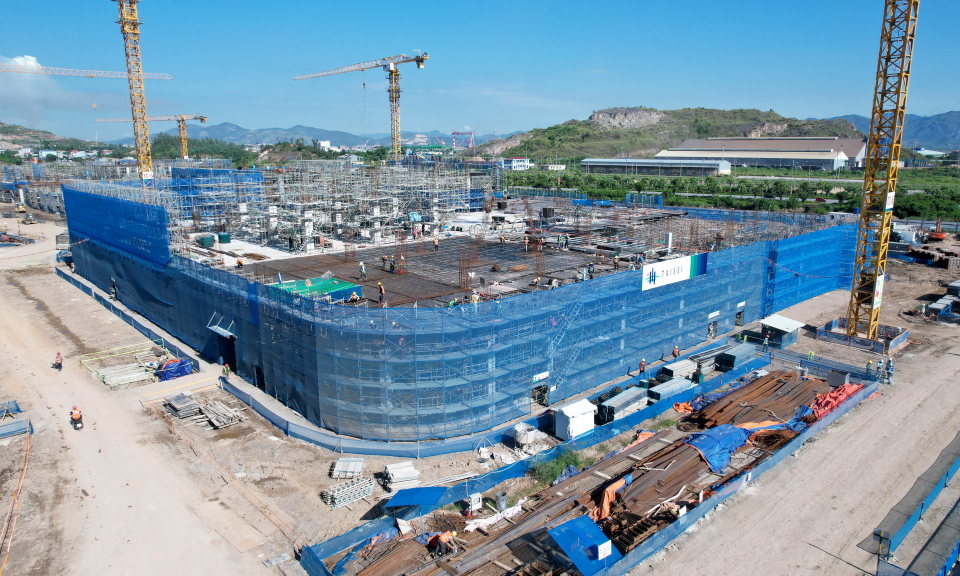The biodiveristy value of Ha Long Bay
Think Halong Bay and what immediately springs to mind is the magnificent UNESCO inscribed karst landscape. Limestone islands and islets, formed millions of years ago, loom mysteriously out of the emerald sea. Cool, subterranean cave systems snake deep into the islands, begging to be explored. Fishing villages provide an insight into the rich cultural heritage of the area.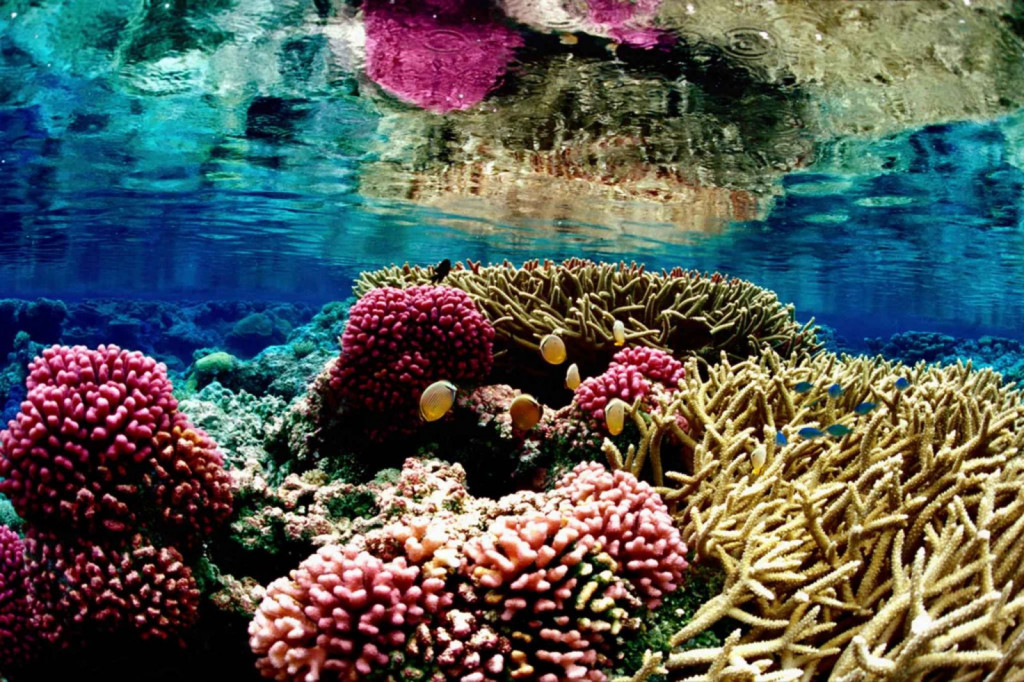
What is not so well known is the biological diversity of Halong Bay: it supports complex ecosystems and is home to dozens of rare plants, animals and aquamarine species.
The geography of Halong, with its unique landscape of ocean, mountains and forests - fed by fresh, salt and brackish water - has formed a number of ecosystems in the one location: tropical rainforest, and marine and coastal. Coastal mangroves, coral reefs and seagrass habitats are typical features of these kinds of ecosystems. The stable temperature of Halong - between 19°C and 25°C - and relatively small tidal flows ensure that these delicate ecosystems flourish.
Along the coast, large estuaries support numerous species of marine creatures and provide an abundant and rich food supply, as well as shelter for breeding. Marine biologists have recorded the existence of 185 species of phytoplankton, 500 species of fish, 232 species of coral and 57 species of crab in the waters of Halong, many of which are recorded in the IUCN Red List as rare.
And the thousands of islands and islets that comprise Halong Bay provide additional coastline and sheltered bays that support diverse marine life.
Concentrated around the eastern and southern shores at a depth of around 4 to 6 metres are bright and colourful coral reefs. The vibrant coral takes the shape of disks, trees and forests, and is the habitat of more than 100 species of fish, seaweed, crustaceans and microscopic marine creatures. The coral reefs will surprise and delight divers keen to submerge themselves in the mysterious waters of Halong Bay.
On land, particularly near Tuan Chau, Cua Luc, and Ba Che, mangroves are plentiful. Mangroves, which grow in coastal saline or brackish water in the intertidal zone, create and sustain a fascinating and complex ecosystem of fish, crustaceans and shellfish, and also support a variety of birds and other animal life.
The climate and geography of Halong allows for an abundance of forests and tropical rainforests, with many species of trees, plants and animals present. It is estimated that there are more than 1,000 species of plants in forests and on islands, and over 1,150 species of animals. Exploring any one of these forests and rainforests, and eagle-eyed tourists will be able to spot deer, mink, squirrels and monkeys, as well as bird life.
Of course, given the significance of the area from a geographical, historical and biological perspective, conservation of these precious ecosystems is paramount to Halong’s sustainability. It is believed that balancing the protection and preservation of Halong Bay’s heritage while developing the tourist industry and encouraging tourism to the area is key to sustainable development.

